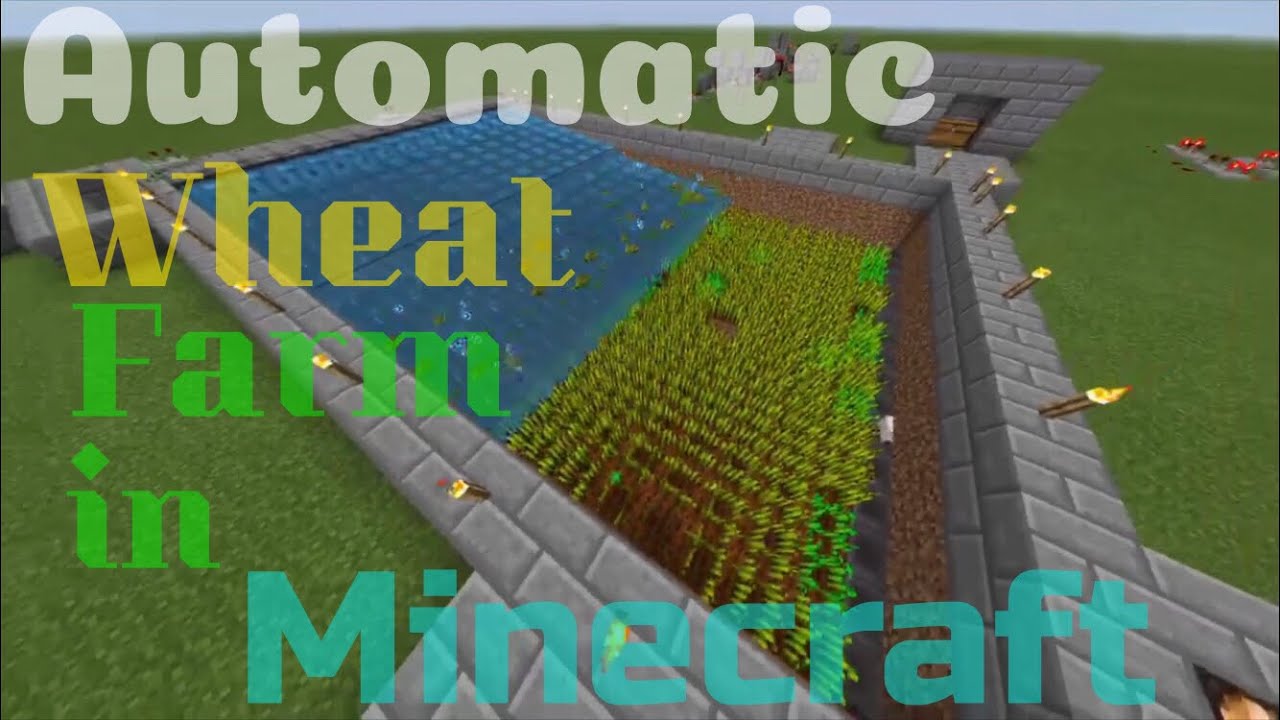
The latter can be done by clicking on "Load from Save." and selecting your level.dat, or by drag&dropping the level.dat file into your browser window. You can either type it in manually, or you can load it from your savegame. The first thing you should do is select a seed and version. Slimes don't spawn in mushroom island biomesĪlso have a look at my Slime Farming Tutorial which explains some details about slime spawning as well.Mobs cannot spawn on bedrock (see Block Compendium).

If that happens, you should walk about 200m in any direction and then come back in order to force them to despawn.

Minecraft automatic farm tutorial 1.14 mods#
The only way to find Slime Chunks ingame without using third party apps or mods is to observe the slime spawns. Slime Chunks are predetermined by your savegame seed, and are always the same for a specific seed, just like the generated terrain. Chunks are 16x16 blocks wide (x and z axis) and 256 blocks high (y axis). Put a composter on top of the tile of water.Apart from spawning in swamps (added in 1.4), slimes can only spawn in every 10th chunk in average ("Slime Chunks").

Give them wheat seeds to fill their pockets. Bring a villager to your farm, then build the fourth wall – effectively trapping them in place.Build a wall around three sides of your farm.Till the soil with a hoe and plant your wheat. For our example, this will be a 9x9 grid with a single tile of water at the center - which is itself on top of a bottom half slab. Move up a layer and build your actual farm above the collection system.At the beginning of the rail, position a chest so any wheat it picks up will be deposited when it returns. This is typically the size of a standard farm (that is, a 9x9 grid) and consists of a hopper minecart and a powered rail system that's run using redstone. You'll first need to craft your automated collection system.There are dozens of different ways to build an automated farm in Minecraft, but here's a quick overview of how it works (using wheat as an example): Automated wheat farms are among the most common, but you can apply the technique to most other crops.

Automated farms require extensive knowledge of not just farming, but other complex items such as hoppers, comparators, powered rails, and redstone.


 0 kommentar(er)
0 kommentar(er)
